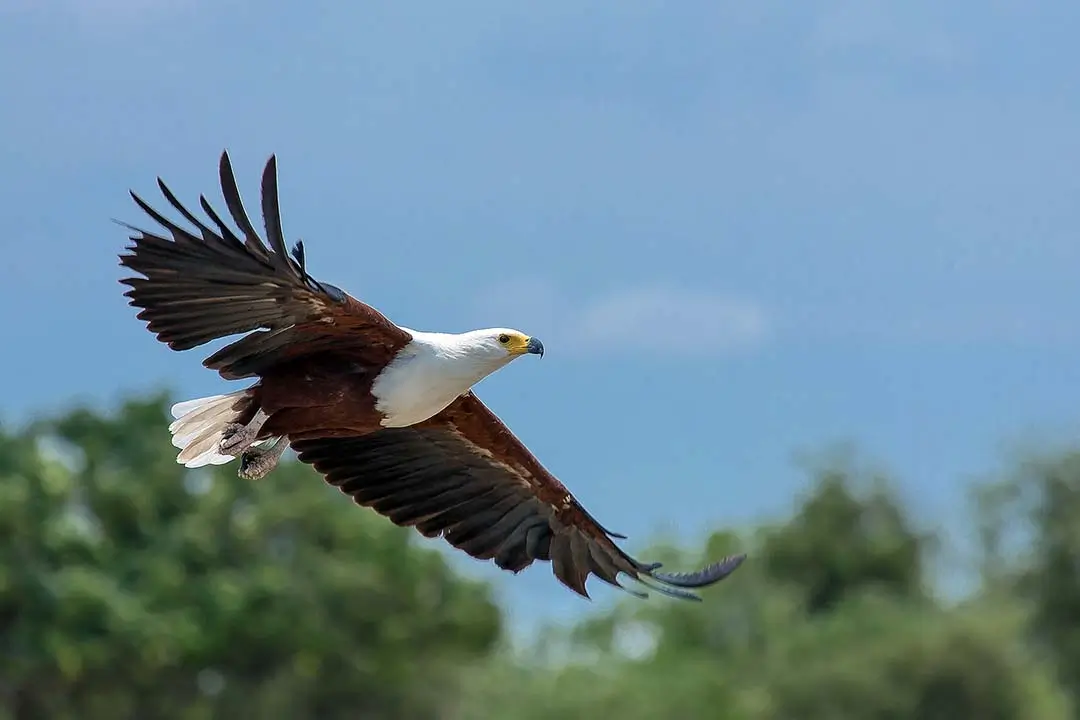
BIRDING IN
Matusadona National Park

BIRDING IN
Matusadona National Park

BIRDING IN
Matusadona National Park

BIRDING IN
Matusadona National Park
Matusadona National Park is a national park in northern Zimbabwe situated on the southern shore of Lake Kariba. Its area encompasses a combination of pristine and rugged wilderness, which before the Kariba Dam was built and Lake Kariba created was very inaccessible. The creation of the lake caused profound ecological changes. In particular, the availability of grazing on the lakeshore has contributed to an increase in the populations of large mammals large mammal in the park, especially those of elephant and Cape buffalo.
Matusadonha National Park has as its southern boundary the Omay Communal land and the northern boundary is the Lake Kariba shore, the eastern side is the Sanyati Gorge and the Ume River forms the western boundary. Visitors concentrate on visiting the area in the north of the National Park between the Matusadonha hills, which form part of the Zambezi Escarpment, and the lakeshore which is particularly attractive and has a network of gravel roads. South of the Matusadonha hills is mountainous area and remote, with access restricted to tracks from the Binga-Karoi road and the main access road. There are no campsites in this area and a permit is required before entry.
Before the lake was built, Matusadonha was a vast, rugged wilderness with limited access and had been proclaimed a non-hunting area in 1958. It became a Game Reserve in 1963, and in 1975 a National Park comprising some 1,400 square kilometres (540 square miles) of diverse flora and fauna. Matusadona is an Intensive Protection Zone (IPZ) and home to relocated rhinoceros. While the mammals are scarce at the Matusadona National Park except for hippos and crocs in the lake, there is no shortage of birds. White-breasted cormorants and African darters are patrolling the water and diving for fish. Giant African fishing eagles sit on trees. Smaller but colorful kingfishers and bee-eaters divebomb for fish and insects and when you add all the egrets and cranes and storks it's a total birder's paradise.
Our Experts are ready to provide answers
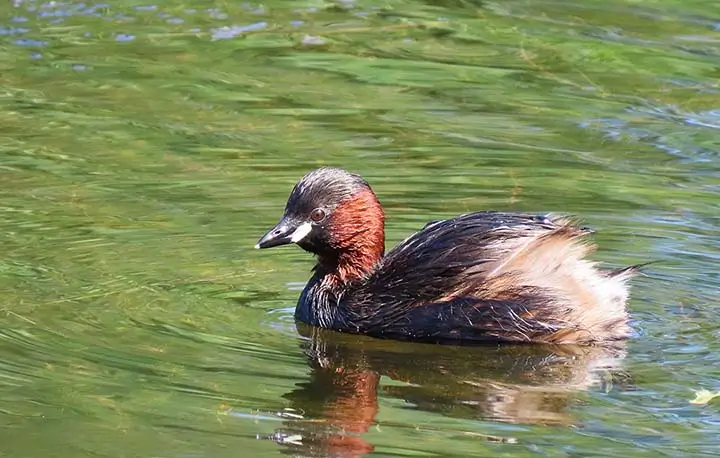
Common birds to look out for while catching your breath are several miombo specials, namely the Miombo Rock Thrush, Miombo Grey and Rufousbellied tits, Miombo Double-collared Sunbird, and MashonaHyliota.
Read More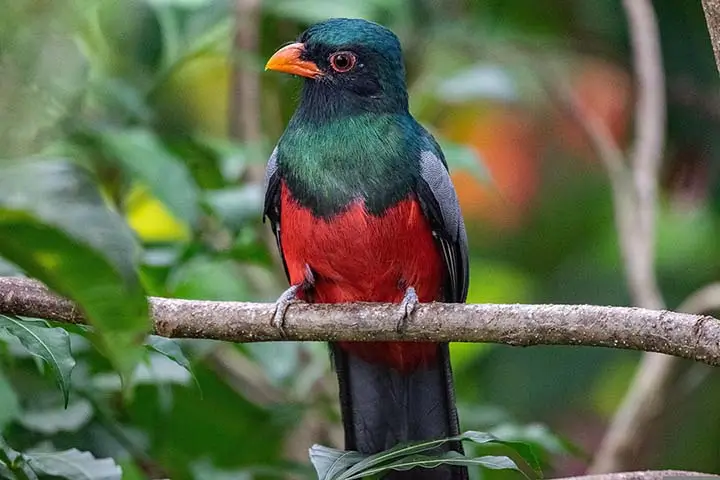
Chizarira provides a wide variety of habitats for birds, with nearly 400 species having been recorded.
Read More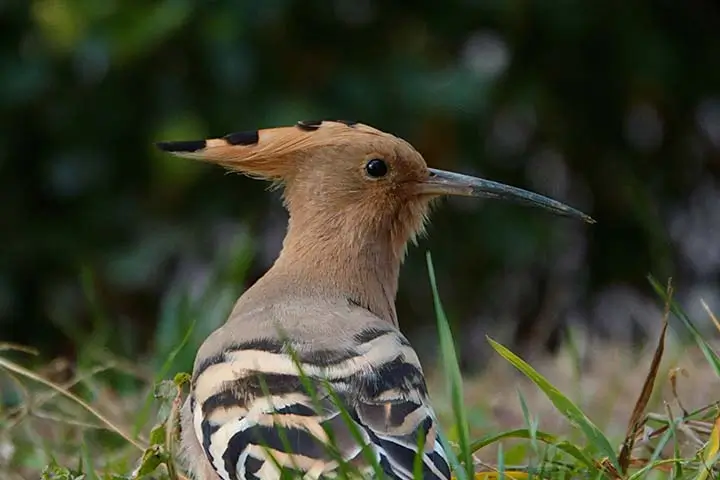
owering red cliffs and massive baobab trees create a dramatic backdrop to Big 5 game viewing as well as bird watching that ranks among the best in the region.
Read More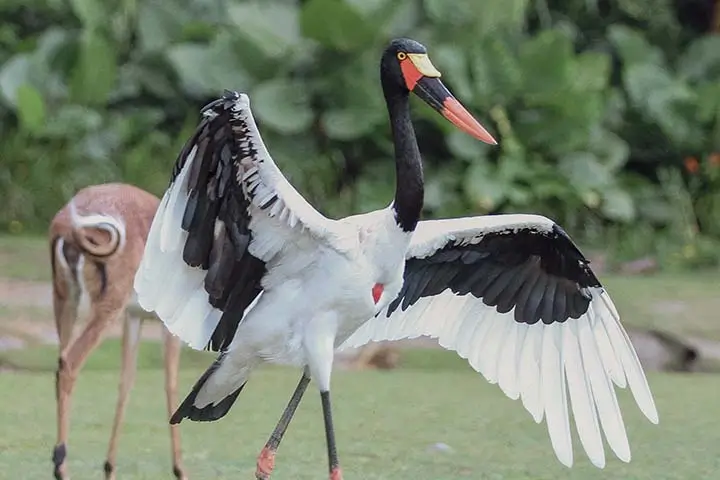
Generally, Hwange is considered to be of conservation importance for 24 species, including Ciconiaepiscopus, Oxyuramaccoa, Gallinula angulata and Chlidonias hybridus.
Read More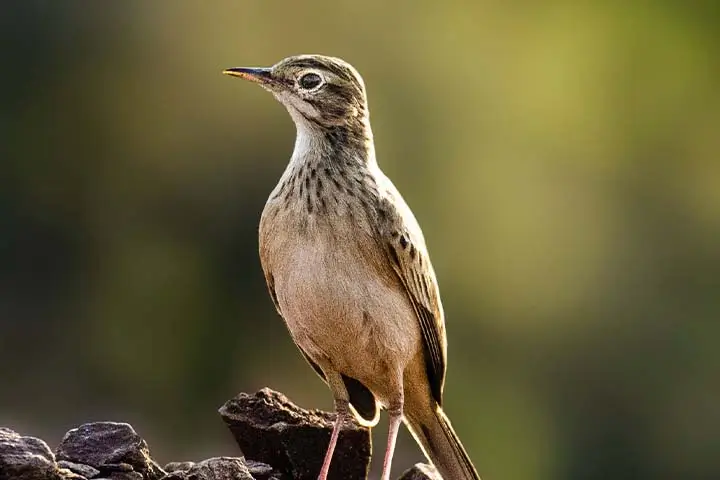
he pan systems are also ideal habitat to a large variety of water birds, with a number of species including storks, crowned cranes, stilts, cormorants, ducks and kingfishers occurring throughout the area.
Read More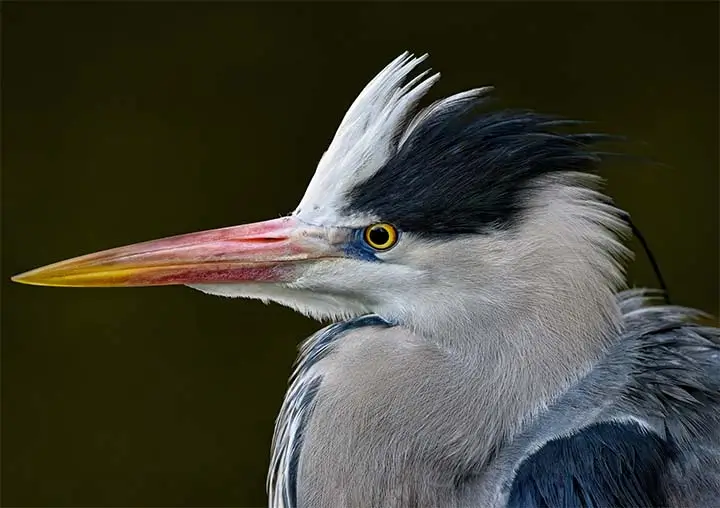
The remnant pools of the mighty Zambezi River attract many mammals and bird species.
Read More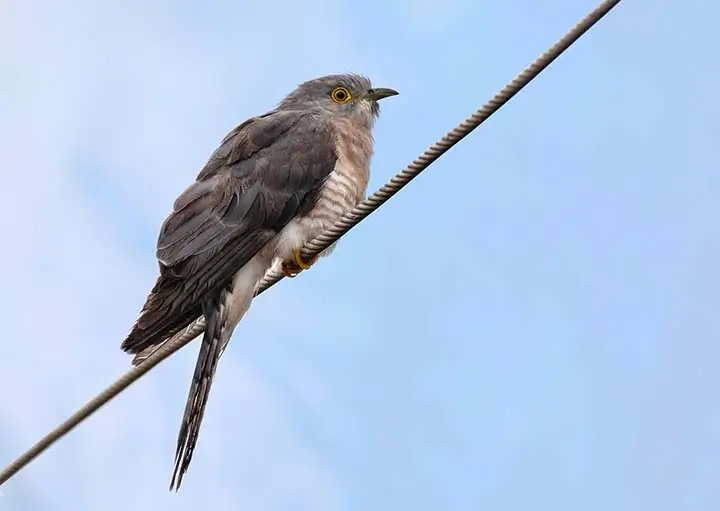
Matobo National Park contains the highest concentration of black eagles, and breeding pairs of these birds, worldwide.
Read More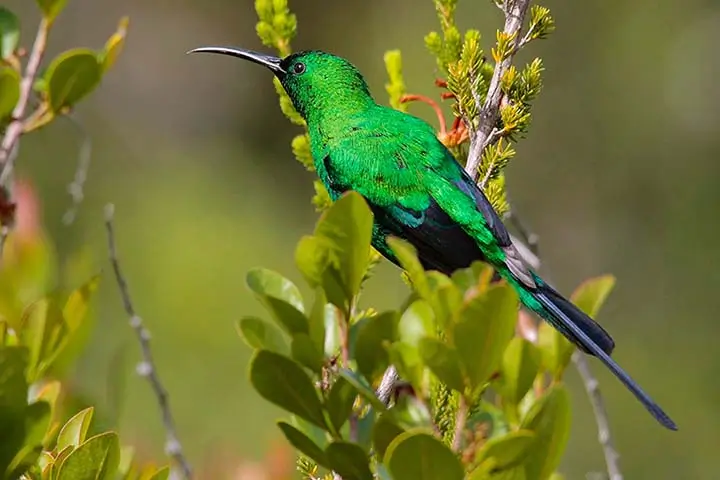
The Nyanga Mountains form the northernmost extent of the Eastern Highlands in Zimbabwe. They lie about 70 km north-east of Mutare in two rural Districts, Nyanga and Mutasa.
Read More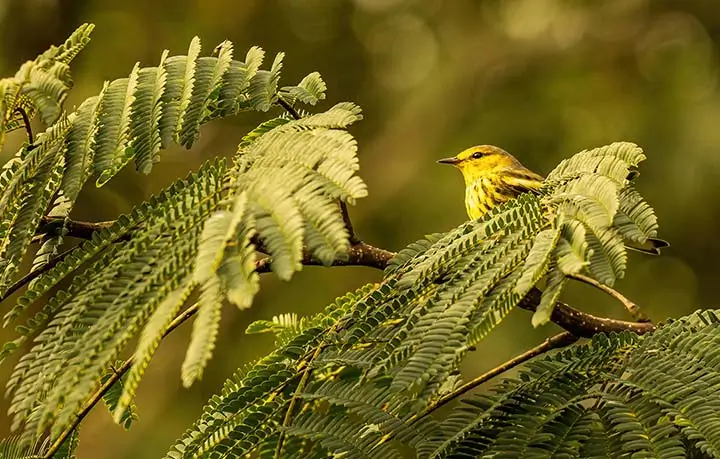
Lake Chivero hosts many waterbirds, and 100 species are on the checklist. At times, thousands occur. In the austral winter, many ducks loaf on the dam during their flightless moult.
Read More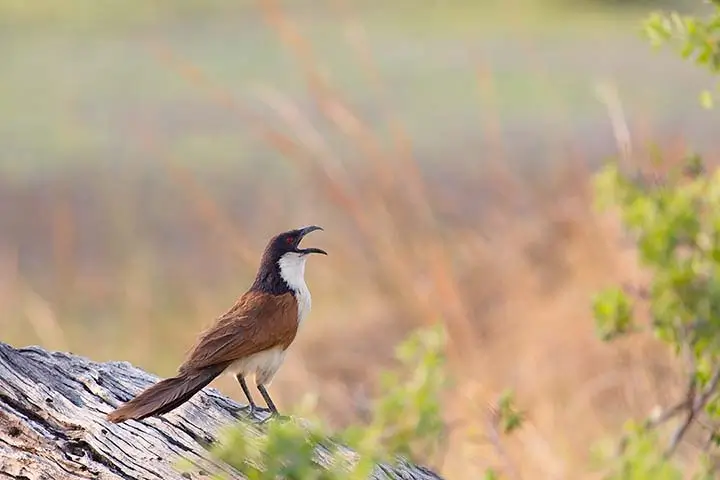
There are bird specials here that are far easier to find than anywhere else in the country. You'll probably be able to tick off lifers like grey-headed parrot, African broadbill, short-clawed lark, Shelley's francolin and crested guineafowl. Others, like Arnott's chat and the Senegal coucal, are central African birds at the southern edge of their range here.
Read More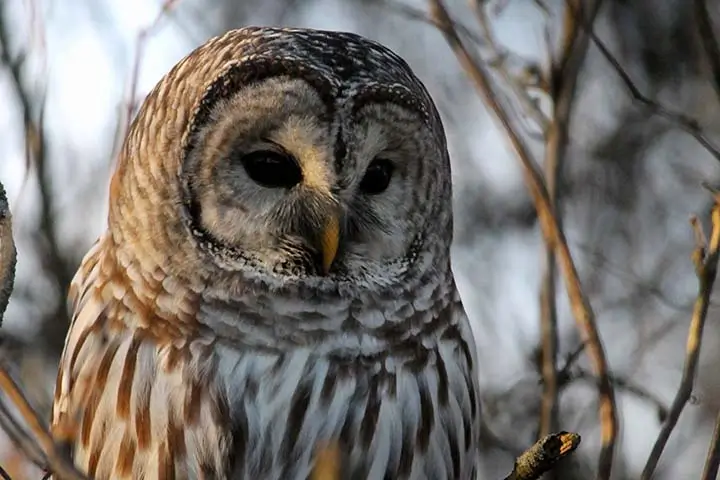
Just 15 kilometres from Mutare, the capital of Manicaland province, rise the rounded granite domes of the Bvumba, the Eastern Highlands' most popular birding destination.
Read More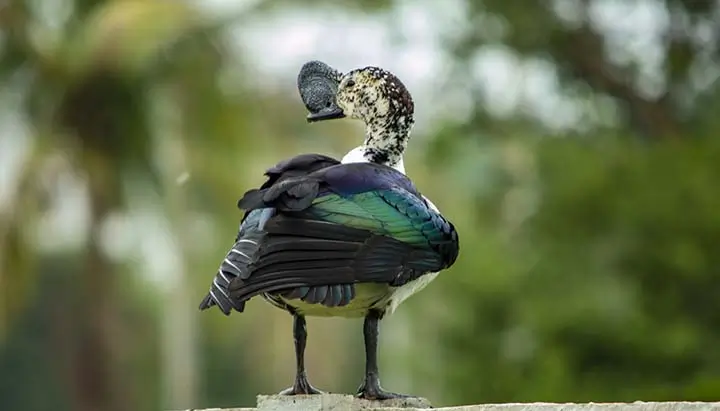
Birding is a highlight of a trip to Victoria Falls: 470 species of birds have been recorded in both these parks and in the Victoria Falls area, including Pel's fishing owl, African skimmers.
Read More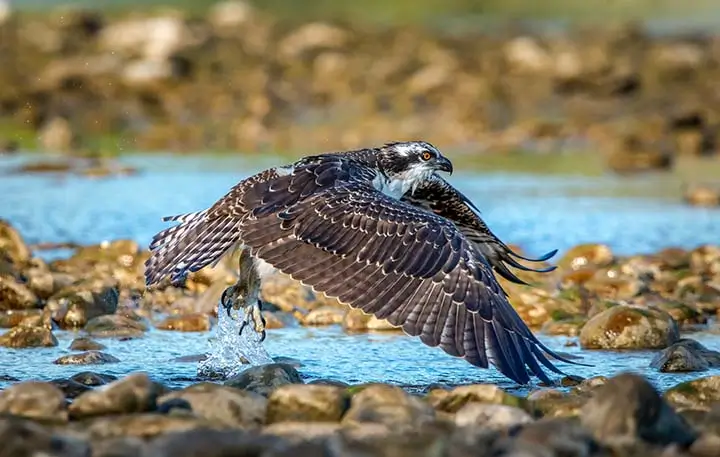
Over 400 species of birds have been recorded within the Zambezi National Park. Pel's fishing owl, African skimmer, collared palm thrush; lanner falcon, goliath heron, African finfoot, rock pratincole and long-toed lapwing are considered to be among the speciality birds of the park.
Read More